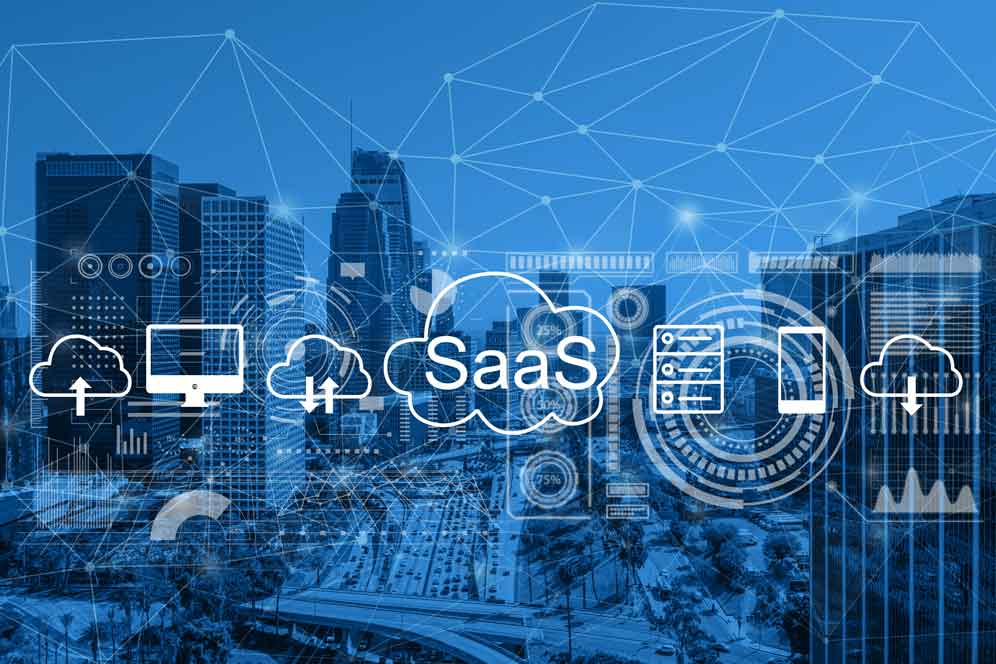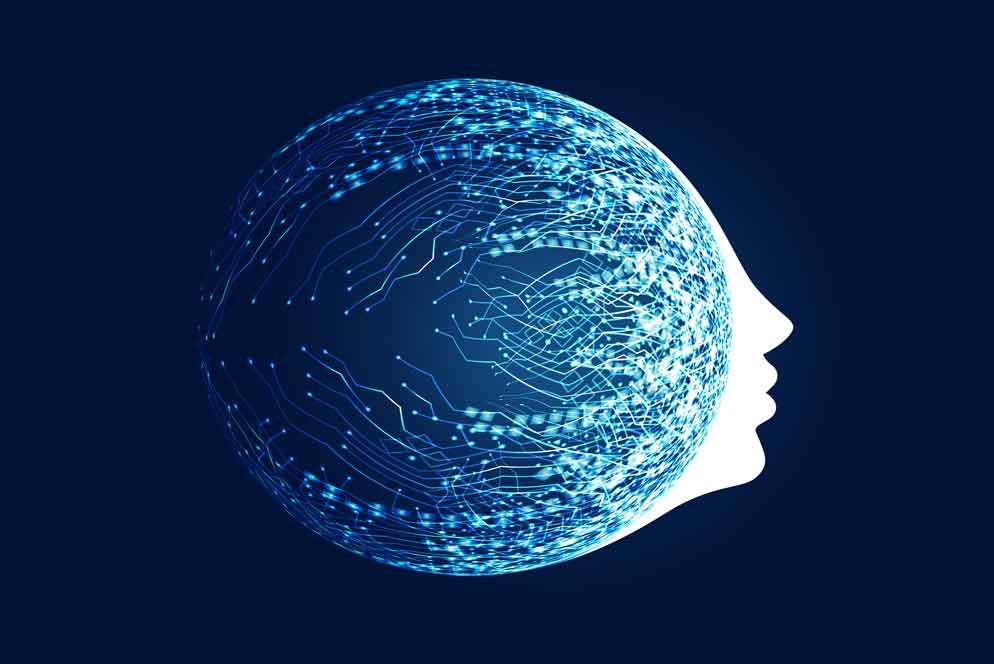SaaS Explained: What Is Software as a Service and Why Should You Care?
In today’s digital world, you’ve probably used software as a service (SaaS) without even realizing it. From streaming your favorite shows on Netflix to collaborating with colleagues on Microsoft 365, SaaS has become an essential part of our daily lives. But what exactly is SaaS, and why is it so popular? Let’s break it down in simple terms.
What is SaaS?
Software as a service (SaaS) is a way to deliver applications over the internet—as a service. Instead of installing and maintaining software on your own computer or server, you simply access it via the internet, usually through a web browser. The software provider takes care of everything else—from infrastructure to maintenance and updates.
Think of it like renting an apartment versus buying a house:
- With traditional software, you buy the “house” (the software), and you’re responsible for all maintenance.
- With SaaS, you’re “renting” the software and the landlord (provider) handles all the maintenance and upgrades.
How Does SaaS Work?
When you use a SaaS application:
- You access the software through your web browser
- You log in with your credentials
- The application runs on the provider’s servers, not your device
- Your data is stored securely in the cloud
- You can access it from any device with an internet connection
This is why you can check your Gmail on your phone, then seamlessly continue on your laptop without missing a beat.

Common SaaS Examples You Probably Use
You likely use several SaaS products regularly:
- Entertainment: Netflix, Spotify, Disney+
- Communication: Gmail, Slack, Zoom
- Productivity: Microsoft 365, Google Workspace
- Storage: Dropbox, Google Drive
- Business Tools: Salesforce, HubSpot, Zendesk
- Social Media: LinkedIn Premium plans
Why Businesses and Consumers Love SaaS
For Businesses:
- Cost-Effective: No need to buy expensive hardware or worry about maintenance
- Always Updated: The provider automatically updates the software with new features and security patches
- Scalable: Easy to add more users or features as your business grows
- Reduced IT Burden: Your IT team can focus on strategic initiatives rather than maintaining software
For Consumers:
- Accessibility: Use your applications anywhere you have internet access
- Affordability: Pay monthly instead of large upfront costs
- No Technical Hassle: No installation or update headaches
- Device Flexibility: Use on multiple devices without repurchasing
SaaS vs. Other Cloud Services
SaaS is one of three main cloud computing categories:
- SaaS (Software as a Service): Complete, ready-to-use applications (like Gmail or Netflix)
- PaaS (Platform as a Service): Tools for developers to build applications (like Heroku)
- IaaS (Infrastructure as a Service): Basic cloud infrastructure that you manage yourself (like AWS EC2)
A fun way to understand the difference is through a pizza analogy:
- Traditional Software: Making pizza completely from scratch at home
- IaaS: Getting pre-made dough, but adding your own toppings and baking it yourself
- PaaS: Ordering a custom pizza where you choose the toppings, but someone else makes it
- SaaS: Ordering a fully prepared pizza delivered to your door
How SaaS Companies Make Money
SaaS providers typically use different pricing strategies:
- Free with ads: Basic service at no cost, but you see advertisements
- Freemium: Basic features for free, pay for premium features
- Subscription-based: Monthly or annual payment for access
- Per-user pricing: Pay based on how many people use the service
- Usage-based: Pay only for what you use
 Potential Concerns with SaaS
Potential Concerns with SaaS
While SaaS offers many benefits, there are some considerations:
- Internet Dependency: You need internet access to use the service
- Data Security: Your data is stored on someone else’s servers
- Limited Control: You can’t always customize the software to your exact needs
- Vendor Lock-in: It might be difficult to switch providers later
The Future of SaaS
The SaaS market continues to grow rapidly. By 2025, an estimated 85% of business applications will be SaaS-based. Some emerging trends include:
- AI Integration: Smarter, more personalized software experiences
- Industry-Specific Solutions: More specialized tools for healthcare, real estate, etc.
- Enhanced Security: Better protection against cyber threats
- Improved Personalization: More tailored user experiences
- Environmental Focus: More sustainable and eco-friendly practices
Making Smart SaaS Choices
When selecting SaaS products, consider:
- Security: How is your data protected?
- Reliability: What’s the uptime guarantee?
- Support: Is help available when you need it?
- Integration: Does it work with your other tools?
- Pricing: Is the cost structure transparent and sustainable?
- Exit Strategy: How easy is it to leave if needed?
Conclusion
SaaS has revolutionized how we use software, making powerful tools more accessible, affordable, and convenient. Whether you’re a business leader looking to improve efficiency or an individual seeking seamless digital experiences, understanding SaaS helps you make better technology choices.
As cloud technology continues to evolve, SaaS will likely become even more integral to how we work and play in the digital world.
References and Further
Reading

 Potential Concerns with SaaS
Potential Concerns with SaaS



